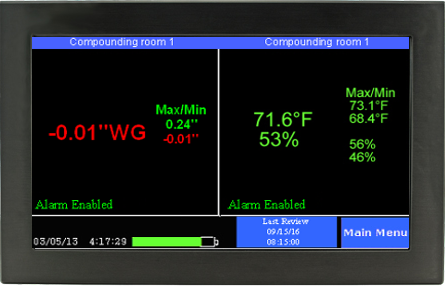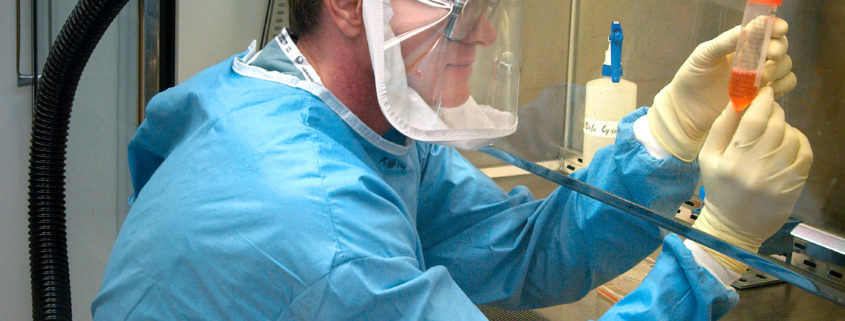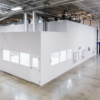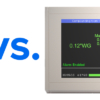Airborne Infection Isolation Room (AII)
What are Airborne Infection Isolation Rooms?
Airborne Infection Isolation (AII) Rooms are also known as “Negative Pressure Rooms.” Negative Pressure Rooms are designed for and used by hospitals and pharmaceutical compounding facilities to prevent airborne contamination. In a negative pressure room, or airborne infection isolation room, the HVAC system is designed to exhaust room air and prevent inner-room contaminates from escaping.
The Center for Disease Control and Prevention (CDC) requires hospitals and certain compounding pharmacies to have functional and highly efficient negative pressure rooms. In hospitals, the goal is to prevent the spread of infectious diseases like Tuberculosis, SARS, H5N1, influenza or other communicable respiratory diseases. In compounding pharmacies, negative pressure rooms are used to prevent radioactive and/or chemotherapy compounds from escaping and interacting with workers or bystanders.
How Do Negative Pressure Rooms Work?
Negative pressure in an Airborne Infection Isolation Room is maintained by utilizing an existing HVAC system in a hospital or pharmacy or by installing a standalone air treatment system/air handler unit. The key to maintaining negative room pressure is to balance the exhaust inside the control room with the pressure differential outside of the control room. The minimum typically maintained is -0.01” WC negative differential room pressure.
A consistent flow of suction or negative air pressure exists in the negative pressure room; typically pulling air from under the door (or specialized HEPA filter unit). Room exhaust is wither heavily filtered through HEPA units or into custom duct-work and ventilation stacks in the roof of the negative pressure room. In some cases, atmospheric air is sufficient to dilute to exhausted air.
Typically, the American Society of Heating, Refrigerating, and Air-Conditioning Engineers (ASHRAE) determines  exactly how negative (and positive) airflow should best be delivered in these spaces. Additionally, ASHRAE Standard 170 specifies accurate air change rates, pressure requirements, temperature and filtration for negative room pressure applications.
exactly how negative (and positive) airflow should best be delivered in these spaces. Additionally, ASHRAE Standard 170 specifies accurate air change rates, pressure requirements, temperature and filtration for negative room pressure applications.
Hospitals and pharmacies are encouraged to use a monitoring solution that provides negative and positive pressure monitoring, temperature monitoring and relative humidity (RH) monitoring. This is why so many hospitals and pharmacies trust the TV2 Negative and Positive Room Pressure Monitor.



